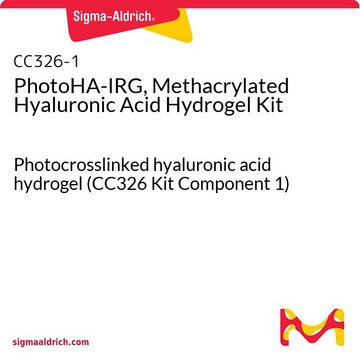857119P
Avanti
06:0 Lyso PA
Avanti Research™ - A Croda Brand
Sinônimo(s):
1-hexanoyl-sn-glycero-3-phosphate (ammonium salt); PA(6:0/0:0)
About This Item
Produtos recomendados
descrição
1-hexanoyl-2-hydroxy-sn-glycero-3-phosphate (ammonium salt)
Ensaio
>99% (LPA; may contain up to 10% of the 2-LPA isomer, TLC)
forma
powder
embalagem
pkg of 1 × 25 mg (857119P-25mg)
fabricante/nome comercial
Avanti Research™ - A Croda Brand
tipo de lipídio
cardiolipins
phospholipids
Condições de expedição
dry ice
temperatura de armazenamento
−20°C
cadeia de caracteres SMILES
O[C@](COP([O-])(O)=O)([H])COC(CCCCC)=O.[NH4+]
Categorias relacionadas
Descrição geral
Aplicação
Ações bioquímicas/fisiológicas
Embalagem
Informações legais
Código de classe de armazenamento
11 - Combustible Solids
Certificados de análise (COA)
Busque Certificados de análise (COA) digitando o Número do Lote do produto. Os números de lote e remessa podem ser encontrados no rótulo de um produto após a palavra “Lot” ou “Batch”.
Já possui este produto?
Encontre a documentação dos produtos que você adquiriu recentemente na biblioteca de documentos.
Nossa equipe de cientistas tem experiência em todas as áreas de pesquisa, incluindo Life Sciences, ciência de materiais, síntese química, cromatografia, química analítica e muitas outras.
Entre em contato com a assistência técnica